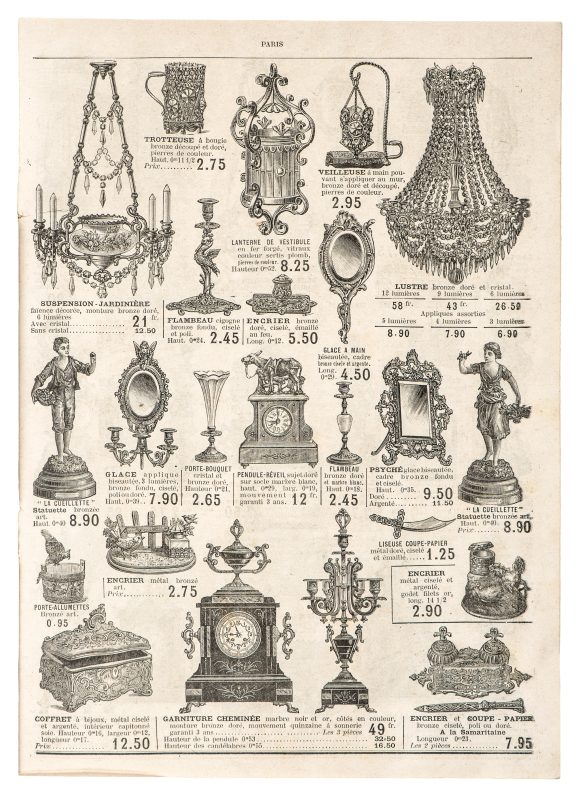A Brief History of Mail-Order Catalogs
It’s getting just about to that time of year that you’re receiving those mail-order catalogs in the mail. You know which ones we mean– the ones offering you those deals on all those cool items you’ve been eyeing all year. For toy lovers, the big Target and Amazon ones are the most exciting. You see all the new and exciting items (maybe circling the ones you want?) and hope they appear under the tree or as a Hanukkah or Kwanzaa gift. That said, when did these catalogs come to be? How did they get so popular? And, most importantly, how do they remain as such in the modern age of online shopping?

Back in the Day
The 1830s saw the practice of mail-order catalogs becoming more popular. The Blue Book from Tiffany & Co was first in 1845 while Montgomery Ward and Sears, Roebuck & Co were the biggest later in the century. The latter mailed more than 50 million catalogs annually and featured incredibly detailed images. They were as accurate as could be without photographs, as they were direct engravings of the photos themselves, and they also included detailed descriptions of the items. Keeping in mind that it was not as simple to travel to a physical storefront all the time, these catalogs were the perfect solution for working and upper-class individuals alike, as almost anything could be purchased via a mail-order catalog. Catalogs often served both a business to customer (B2C) and business to business (B2B) model. They sent their catalogs directly to consumers but supplied to merchants as well.
Starting in 1896, people began receiving mail directly to their residences instead of them needing to ride into town, and in 1902, this change was made permanent. As a result, consumers wanted to have the ability to buy items through mail. By allowing mail to arrive on a daily basis and not be considered a luxury, brands could now reach audiences on a much wider scale. Within six months of this emerging program, Sears had five times as many orders as it did the year prior. Within another five years, their total revenue had doubled.
After the second World War, American consumerism continued to climb due to people having more disposable income than ever before. In return, more brick-and-mortar stores began to open in conjunction with mail-order catalogs increasing in popularity. By having both in-store and catalog experiences, both benefitted from the other.
The 1980s saw the peak of mail-order catalogs, but to this day, luxury brands still find great success with them.

Modern Day
As we’ve talked about before, print continues to thrive despite digital landscapes expanding. Because people are so used to seeing digital products, print almost stands out more in the sea of a digital world. People are able to focus only on the printed catalog at hand, and thus the products within, and not be distracted. That said, companies are taking it to the next level. They have added elements like QR codes to give customers the option of still ordering online. You should also consider how market research comes into play. By learning about your target audience, companies can choose exactly who to tailor their catalogs to. In return, those people are likely to purchase more product.
We would print catalogs of a large scale on our offset press, but depending on the size, they could also run on digital. Catalogs often print on a glossy stock. Of course, our creative department are here to work on the layout and curate to your brand. Designers create layouts in a way that catches your eye and keeps your attention throughout the catalog’s many pages. In the end, our mailing department would help you find the best mailing list for your market.
Holiday catalogs should already be out in the mail and in homes. However, you can send one out for any season! Reach out to us for your free estimate and find out how we can put together the best mail-order catalog for you.

